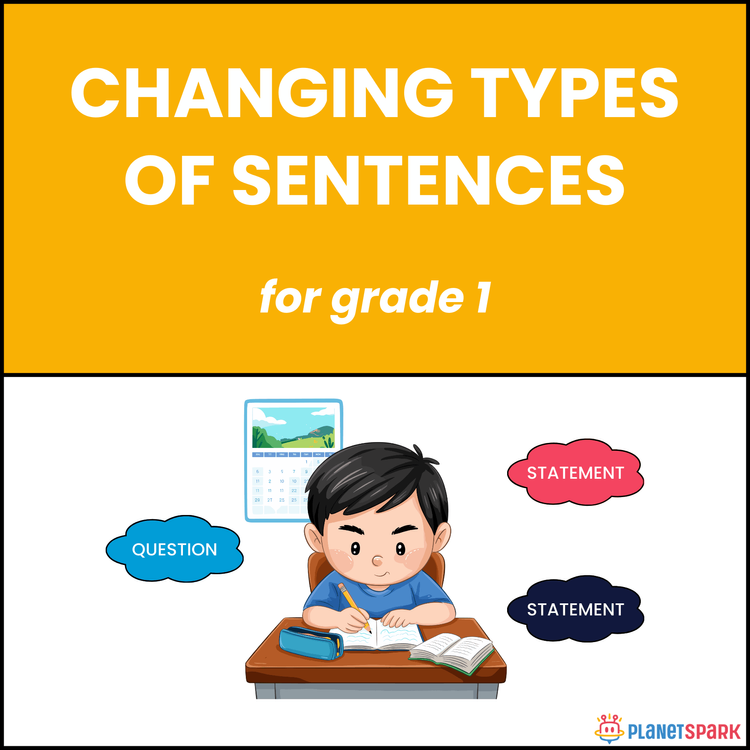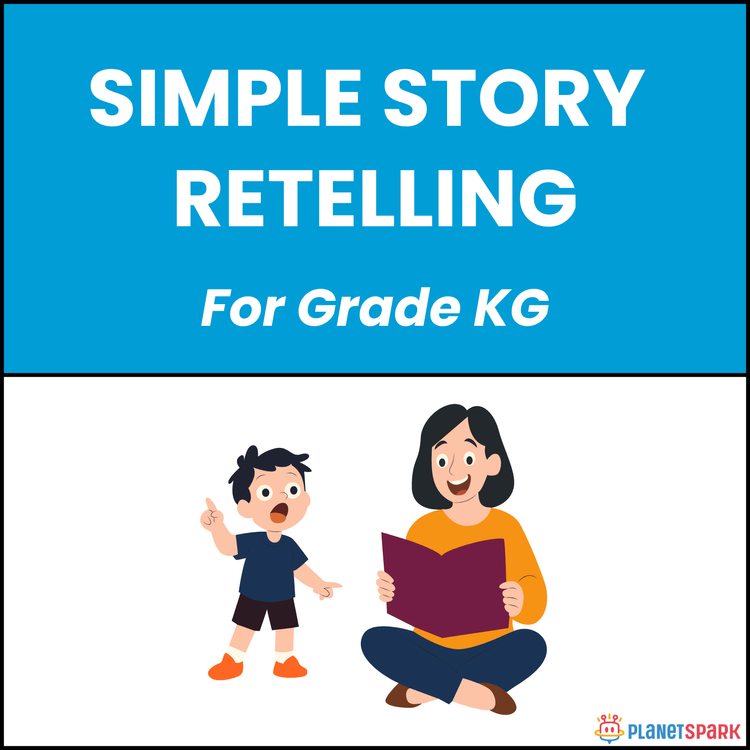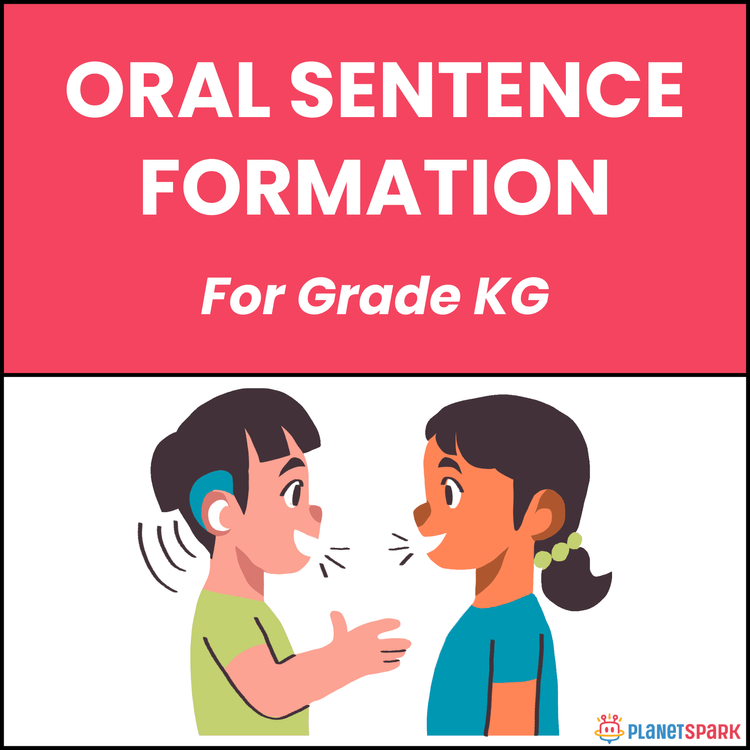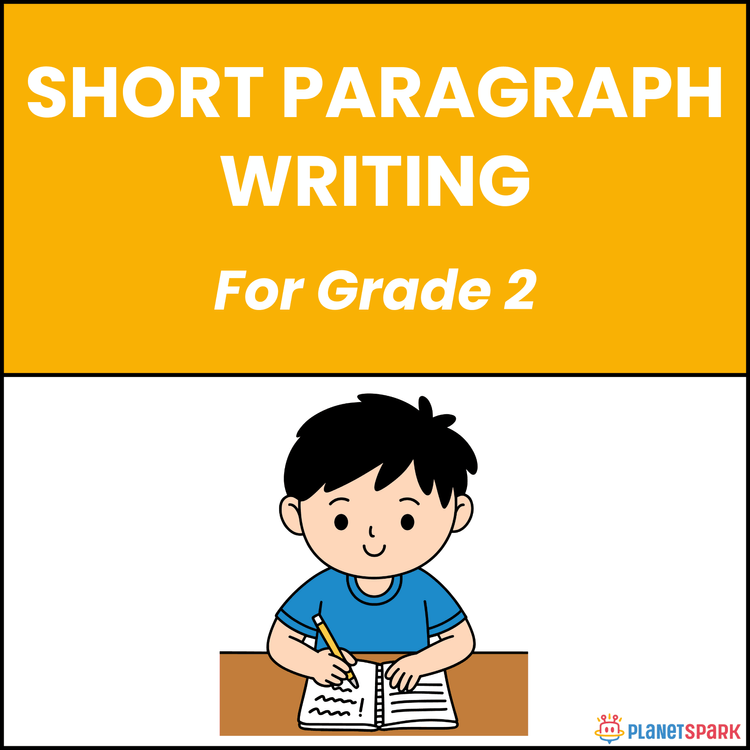Class 1 Reading Passage: Story on Cat and Mouse
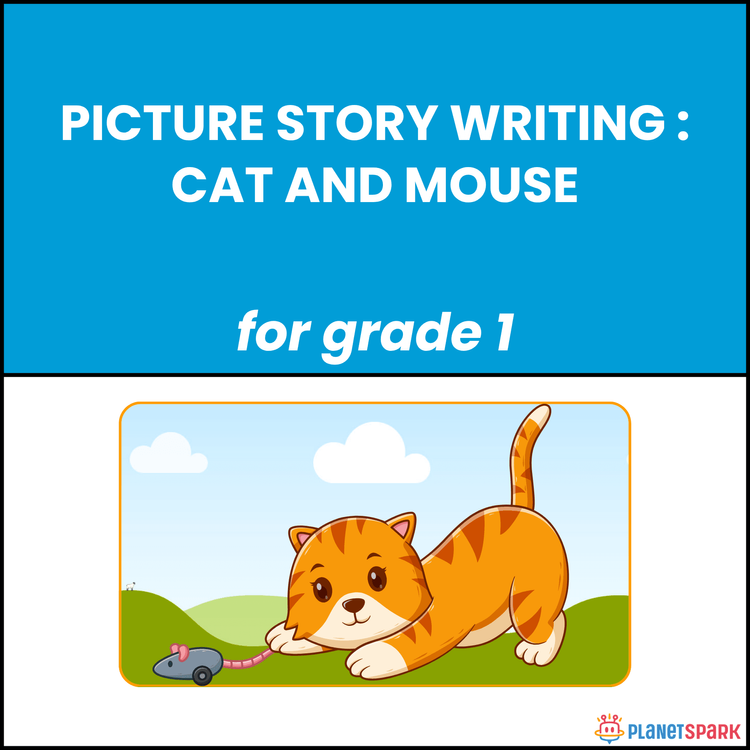

Class 1 Reading Passage: Story on Cat and Mouse
The Clever Chase: Reading Comprehension for Class 1
This Grade 1 worksheet, “The Clever Chase,” tells a lively picture story of a cat and a mouse and helps students practice reading comprehension through fun storytelling. The passage develops observation, sequencing, and imagination skills by showing how the little mouse escapes the big brown cat.
The topic “Picture Story: Cat and Mouse” teaches young learners about quick thinking, courage, and presence of mind. The exercises include multiple-choice and short-answer questions that check attention to detail and build confidence in reading fluently.
Why Picture Stories Matter in Grammar?
Picture stories bring imagination to life and teach grammar in context. For Grade 1 learners, this worksheet helps to:
1. Strengthen comprehension through simple storytelling.
2. Identify cause-and-effect relationships in a fun way.
3. Build descriptive vocabulary and sequencing ability.
4. Encourage moral learning through relatable characters.
What’s Inside This Worksheet?
🧠 Exercise 1 – Choose the Correct Answer
Students answer questions about where the mouse found the cheese, what the cat did, and how the story ended.
✏️ Exercise 2 – Think and Write
Students recall the main characters, describe the chase, and reflect on what they liked most about the story.
✅ Answer Key (For Parents & Educators)
Exercise 1 – Multiple Choice Answers
1. b) Near the kitchen door
2. c) Brown
3. a) Ran into a hole
4. d) It got stuck
5. b) Inside its hole
6. c) Safe and happy
Exercise 2 – Short Answers
7. The cat and the mouse.
8. The cat got stuck and the mouse was safe.
9. The mouse found cheese near the kitchen door.
10. I liked how the clever mouse escaped the cat.
Spark your child’s imagination and love for reading with this clever story of quick thinking and bravery.
🔖Book a free trial!
Frequently Asked Questions
They make reading fun while teaching moral values and cause-and-effect understanding.
They encourage curiosity, prediction, and vocabulary recall through engaging fables.
Sequencing, reasoning, and moral understanding become stronger in early learners.
